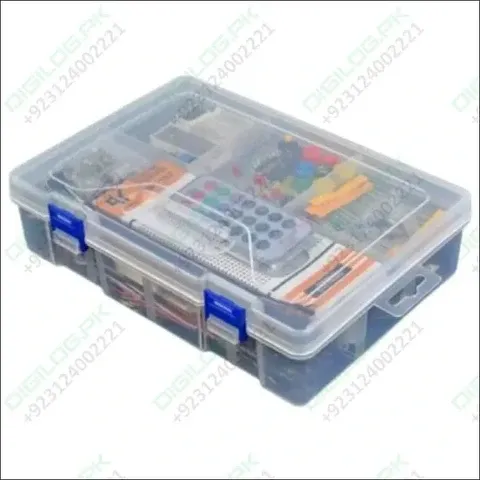Manual Machines
Discover your level of earning with Microsoft
Introduction:
Manual machines are traditional tools operated by human power rather than computer control. They’ve been the backbone of manufacturing, metalworking, and woodworking for decades, offering precision, control, and reliability for craftsmen and engineers alike.
What are Manual Machines?
Manual machines rely on the operator’s skill to control the cutting tools, feed rate, and depth. Unlike CNC machines, these machines don’t use computer automation, making them ideal for custom, low-volume, and hands-on work.
Common Types of Manual Machines:
-
Lathe Machine: Used to shape metal or wood by rotating the workpiece against a cutting tool.
-
Milling Machine: Removes material from a surface using a rotating cutter.
-
Drilling Machine: Creates precise holes in materials.
-
Grinding Machine: Smooths surfaces or sharpens tools.
-
Shaper and Planer: Used for flat surface finishing and shaping metals.
Applications:
-
Small workshops and repair units.
-
Metal fabrication and tool making.
-
Educational and training institutions.
-
Custom and prototype manufacturing.
Advantages:
-
Greater hands-on control and skill development.
-
Low maintenance and operating cost.
-
Suitable for simple or one-time jobs.
-
No need for programming or computer knowledge.
Limitations:
-
Slower production speed.
-
Requires skilled labor.
-
Less consistent accuracy compared to CNC machines.
Conclusion:
Manual machines remain a vital part of the manufacturing world, especially for learning, maintenance, and creative work. While automation has taken over large-scale production, manual tools continue to represent craftsmanship, precision, and the human touch in machining.
------------------------------------------------------------------------






Comments
Post a Comment